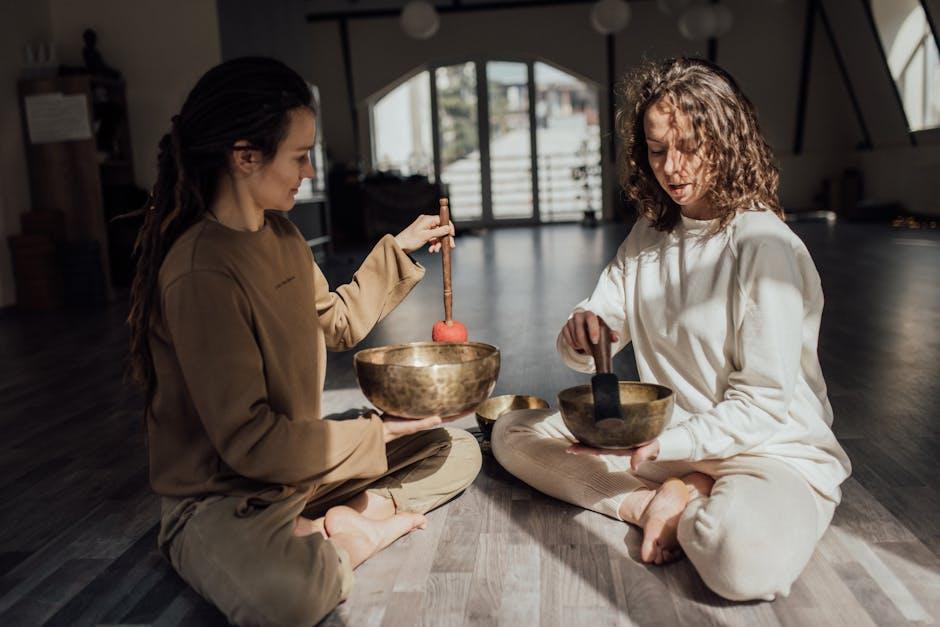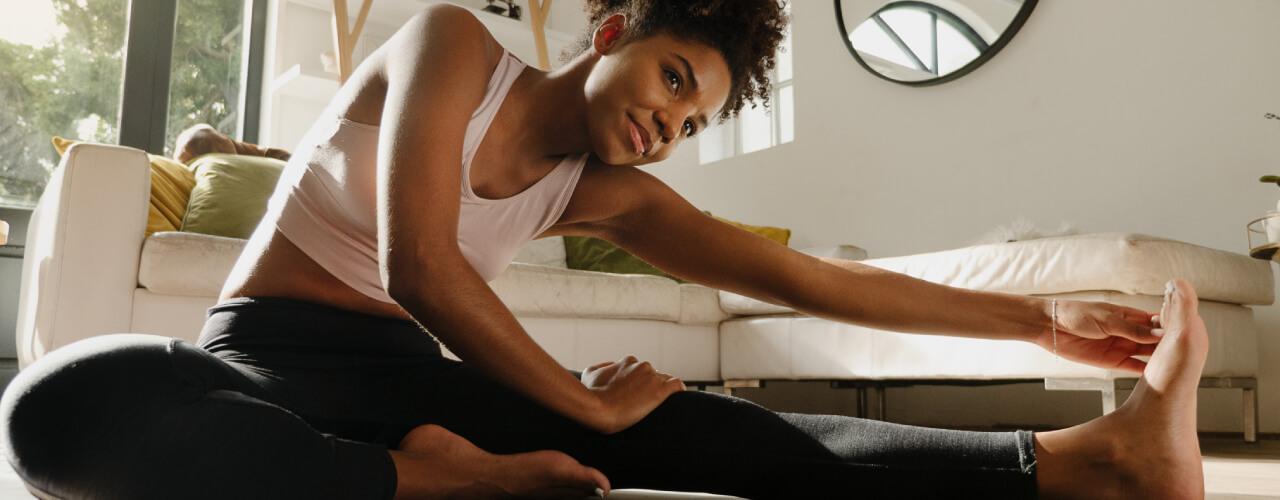Flexibility is a cornerstone of physical well-being, enhancing performance in various activities and reducing the risk of injury. Whether you’re an athlete looking to boost your performance, someone seeking relief from daily stiffness, or simply aiming to improve your overall health, incorporating yoga stretches into your routine can be a transformative step. This article will guide you through the essential yoga stretches that can significantly enhance your flexibility. With clear instructions and expert tips, you’ll learn how to safely and effectively stretch your body, unlocking a new level of agility and comfort in your everyday life. Let’s embark on this journey to improved flexibility with confidence and mindfulness.
Mastering Essential Yoga Poses for Enhanced Flexibility
Incorporating yoga into your daily routine can significantly enhance your flexibility, helping you move with greater ease and fluidity. To start, focus on mastering a few essential poses that specifically target areas of tightness and tension. Downward Dog (Adho Mukha Svanasana) is a foundational pose that stretches the hamstrings, calves, and shoulders, creating space in the spine. Ensure your hands are shoulder-width apart and your feet are hip-width apart, pressing firmly into the ground while lifting your hips towards the sky.
- Cat-Cow Pose (Marjaryasana-Bitilasana): This gentle flow between two poses warms up the spine and releases tension in the back. As you inhale, drop your belly, arch your back, and look up for Cow Pose. Exhale as you round your spine, tuck your chin, and draw your navel towards your spine for Cat Pose.
- Triangle Pose (Trikonasana): Engages and stretches the legs, groin, hips, and chest. Stand with your feet wide apart, extend your arms parallel to the ground, and reach forward with your right hand while lowering it to your shin or the floor, opening your chest and looking up at your left hand.
- Pigeon Pose (Eka Pada Rajakapotasana): Targets the hip flexors and rotators. From a downward dog, bring your right knee towards your right wrist, sliding your right foot towards your left wrist. Extend your left leg behind you, and fold forward over your front leg for a deep hip stretch.
Consistently practicing these poses will gradually increase your flexibility, improve your posture, and promote overall body awareness. Remember to breathe deeply and move mindfully through each posture, listening to your body’s signals and respecting its limits.

Incorporating Breathing Techniques to Deepen Your Stretch
Breathing techniques are a powerful ally in enhancing your yoga practice, particularly when aiming to deepen your stretches. By aligning your breath with movement, you can increase your flexibility and achieve a greater range of motion. Here’s how you can harness the power of breath:
- Inhale to Prepare: Begin each stretch with a deep inhalation, filling your lungs completely. This act of preparation not only brings oxygen to your muscles but also helps you focus on the upcoming movement.
- Exhale to Release: As you exhale, gently move into your stretch. The exhalation serves as a natural release, allowing your body to relax and ease into the position. Let your breath guide you deeper into the stretch.
- Maintain a Steady Rhythm: Keep your breathing steady and even throughout the practice. A consistent breath helps maintain focus and prevents tension from building up in your muscles.
By incorporating these techniques, you’ll not only enhance your flexibility but also cultivate a deeper connection between your mind and body. Embrace the rhythm of your breath and let it lead you to new levels of stretch and relaxation.

Creating a Consistent Yoga Routine for Long-Term Flexibility
Establishing a regular practice is key to enhancing your flexibility through yoga. Start by setting a dedicated time each day for your practice, even if it’s just 15 minutes. Consistency is more important than duration. A regular schedule helps in forming a habit, and before you know it, your body will crave the stretches. Consider incorporating the following yoga poses into your routine to target different areas of your body:
- Downward-Facing Dog (Adho Mukha Svanasana): This classic pose stretches the entire back, hamstrings, and calves, while also strengthening your arms and shoulders.
- Cobra Pose (Bhujangasana): Perfect for opening up the chest and shoulders, this pose also strengthens the spine and can improve posture.
- Seated Forward Bend (Paschimottanasana): Focuses on lengthening the spine and stretching the hamstrings and lower back.
- Butterfly Pose (Baddha Konasana): Ideal for opening up the hips and inner thighs, helping to relieve tension from long hours of sitting.
Ensure you listen to your body and never force a stretch. Progress will come with patience and dedication, allowing your muscles to gradually lengthen over time. As you deepen your practice, you’ll notice not only physical changes but also an enhanced sense of mental clarity and calm.

Avoiding Common Mistakes to Maximize Your Stretching Benefits
While yoga stretching is an excellent way to enhance flexibility, it’s crucial to be mindful of common pitfalls that could impede your progress. One frequent mistake is neglecting proper warm-up. Skipping a gentle warm-up can lead to muscle strain or injury, which can set back your flexibility journey. Always begin with light aerobic activity or dynamic stretches to prepare your body for deeper stretching. Another common error is rushing through stretches. Take your time to hold each stretch for at least 30 seconds to allow your muscles to fully relax and lengthen. This patience not only prevents injury but also ensures you’re getting the most out of each pose.
Inconsistent practice is another hurdle to watch out for. Flexibility improves with regular and consistent stretching sessions. Aim to incorporate yoga stretches into your routine at least three to four times a week. Furthermore, be cautious of overstretching, which can be counterproductive. Listen to your body and avoid pushing yourself to the point of pain. Remember, discomfort is a sign that you’re working your muscles, but pain is a signal to stop. Lastly, ensure you are practicing with correct form. Poor alignment can lead to injuries and reduce the effectiveness of your stretches. Consider using props like blocks or straps to maintain proper posture and gradually deepen your stretches over time. Embrace these tips, and you’ll be on your way to maximizing the benefits of your yoga stretching practice.




